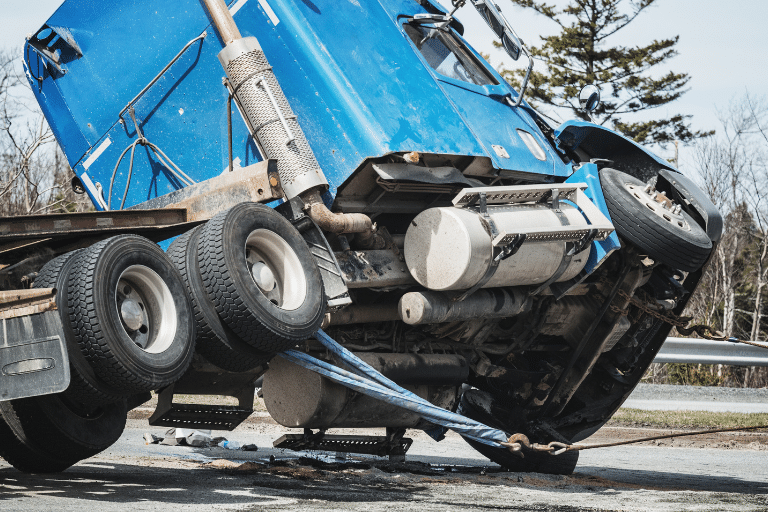If you’ve gotten hurt on someone else’s property, you may consider suing them for damages. Landowners, tenants, and property managers all have a duty to keep their properties reasonably free from hazardous conditions. This is a tenet of premises liability law, which is a type of negligence claim.
One of the most common defenses is the “open and obvious” doctrine. If the defendant argues a hazardous condition was “open and obvious,” they are arguing that a danger is so apparent that any reasonable person would be able to discover it and protect themselves from harm.
Premises Liability
Since premises liability is a form of negligence, the plaintiff must prove several key negligence elements. First, they need to show that the landowner, tenant, or property manager has a duty to protect people coming onto their land. This is a well-settled area of law, although there are some exceptions. Second, the plaintiff must prove the defendant knew or should have known about the danger on their property. Next, the plaintiff must show that the landowner breached their duty by failing to adequately warn visitors or fix the condition. Finally, the plaintiff has to prove that the landowner’s breach of duty directly caused the damages that the plaintiff suffered.
Open and Obvious Hazards
The “open and obvious” doctrine argues that if a hazard would have been open and obvious to a reasonable person, the landowner is not liable (or less liable) for not fixing the condition. Generally, a court will consider whether the average person would have seen the hazard and been able to avoid the risk.
There are exceptions to this defense, however. If the landowner, tenant, or property manager could expect that people would still suffer harm even if they knew about the risk, they still have a duty to fix the condition or provide warnings.
Another exception is “negligence per se,” which holds that if the hazardous condition violates a law (usually a health or safety statute), failing to warn or fix the condition makes the landowner automatically negligent.
Some real examples of open and obvious hazards include plainly visible uneven concrete, sidewalk curbs, ladders on a store sales floor, and concrete planters around trees. As long as a person could have reasonably discovered the hazard at a glance, the plaintiff is responsible for avoiding that risk.
The best way to determine whether the open and obvious defense may apply to your case is to talk to an experienced personal injury attorney.
Talk to an Ohio Personal Injury Lawyer Today
If you’ve been injured on someone else’s property, you may be able to win damages for your medical expenses, pain and suffering, and other losses. When it comes to negligent property owners, I’ll Make Them Pay!® Call my office at 877.944.4373 today for more information.







